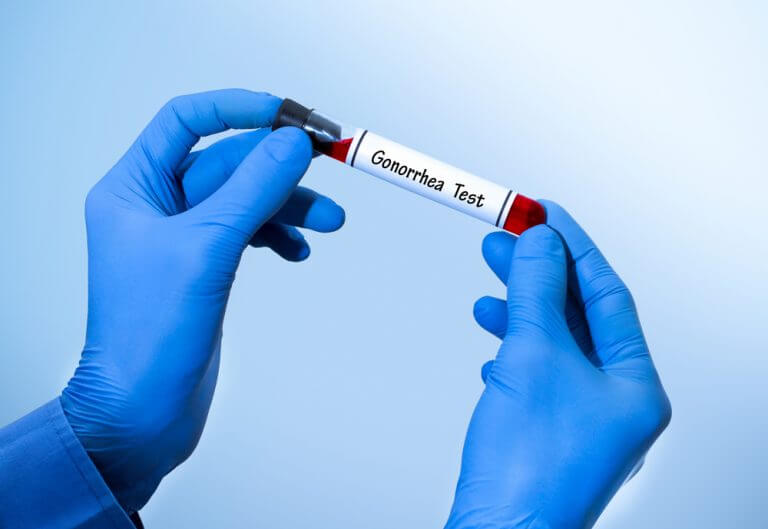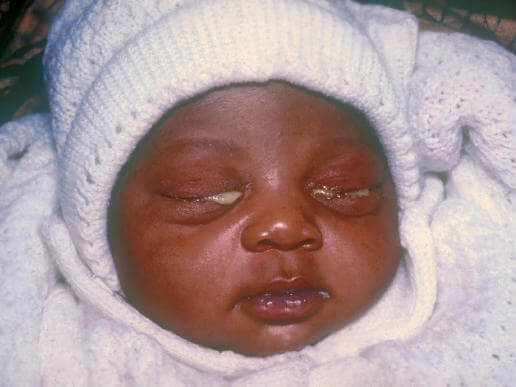Gonorrhea Prevention and Treatment Facts to Know

Gonorrhea is a sexually transmitted infection (STI) produced by the bacteria Neisseria gonhorrhoeae. This is also known as gonococcus. Unfortunately, it is one of the most common STIs in our society.
Being an STI, the only way to contract this disease would be through sexual contact with someone who is already infected. This includes coital (vaginal sex), anal sex and oral sex. However, it can also be passed from a mother to her child during birth.
A very important factor to keep in mind is that carriers do not show any special symptoms. That is why it is known as an asymptomatic condition.
In general, those individuals who are infected are unaware of their condition (since they do not have any symptoms), and they therefore do not know that they need to treat it. Because of this, the illness spreads.
Gonorrhea clinic

From the clinic’s view, it is necessary to make a distinction according to the patient’s sex and age. That means, the distinction is made between the disease in men, women and children.
In men
Less than 10% of men are asymptomatic. The other 90% that remain develop symptoms when they contract gonorrhea. After a week’s incubation period, the following symptoms appear:
- Secretion (with a pus look) from the penis. These secretions appear when urinating and/or squeezing the penis; in some cases, it happens continuously.
- Pelvic zone irritation- genital widespread, feeling of stinging or itching.
- Pain and stinging when urinating.
- Pain and testicular inflammation.
In women

- Yellow secretion (with a pus look) and bad vaginal/urethra odor.
- Increased need to urinate and feeling of pain and stinging while urinating.
- Redness of the genital mucous that can be painful, can sting and/or itch.
- Abdominal pain.
- Bleeding outside of menstrual cycle.
In women, the greatest risk is that the infection spreads. This can cause pelvic inflammatory disease (PIE) which is painful, is often chronic, and can also cause infertility.
Also, it can affect the Fallopian tubes, the appearance of salpingitis, the uterus, the appearance of endometritis…
Ultimately, the greatest complexity of the female reproductive system is that any part of it can be affected. Also, by communicating with the abdominal cavity, the infection can easily spread to other parts of the body.
In children

During birth, gonorrhea can transmit to the baby if its mother is infected. This occurs when the baby comes in contact with the secretions and mucous of the birth canal of the mother, which are contaminated.
In the majority of cases, infected babies develop a type of conjunctivitis known as Oftalmia neonatorum or neonatal ophthalmia.
Currently, this type of conjunctivitis is not very common since when the babies are born, their eyes are cleaned with erythromycin eyedrops or silver salts. This helps to avoid any type of complications.
Other possibilities
There is also the possibility that, through gonorrhea, other complications may develop. However, it is true that these show up less often and exclusively depend on the individual’s sexual practices.
- Anorectal gonococcal. This type can show up due to the disease spreading or because of the practice of anal sex. By inflaming the rectus, pain and stinging are noticeable when using the bathroom. It can also present lesions in the mucous, in the form of warts and hemorrhoids. Sometimes stools may be accompanied by pus and blood.
- Pharyngeal gonococcal. This type of gonorrhea is associated with oral sex. The clinical condition is very similar to that of common pharyngitis.
Diagnosis and prevention

In order to make a diagnosis of whether or not it is a case of gonorrhea, the doctor must evaluate the patient’s clinical history. Additionally, they must complete a physical examination. Through this examination, the doctor will evaluate the patient’s symptoms. Then, they will proceed to work out a solution to get rid of it.
In the case of women, in addition to the mentioned procedure, the doctor will ask the patient to do a vaginal cytology. This will deeply evaluate the condition to guarantee the most precision when it comes to the diagnosis.
Similar to the rest of sexually transmitted infections, the number of cases of gonorrhea has increased in the past few years. This may seem ironic since preventative methods (like condoms) are right at our fingertips, but it is the truth.
During the 80s, in the middle of the AIDS crisis, the fear of contracting it pushed people to use preventative methods. Later, with the appearance of effective treatments, and with new contraceptives, there is less fear when it comes to STIs. This explains the increase in the number of cases.
The only way to prevent this disease is through good sexual education which will recommend the use of protective methods when it comes to having sexual relationships (regardless of whether they are vaginal, anal or oral). Sexual education will also stress the importance of periodic visits to your gynecologist (for women) and the urologist for men.
Treatment of gonorrhea
In respect to the treatment of gonorrhea, it is through medications. Specifically, the treatment is based around the administration of antibiotics to the patient. Generally, cetriaxona is prescribed with doxicilina since the latter also covers the spectrum of chlamydia.
Also, all sexual contacts should be studied and treated, regardless if they are asymptomatic. The doctor may also suggest that the patient abstain from sex until the they treat the problem.
All cited sources were thoroughly reviewed by our team to ensure their quality, reliability, currency, and validity. The bibliography of this article was considered reliable and of academic or scientific accuracy.
- Wang, X., & Gao, Y. (2015). “Gonorrhea”, Radiology of Infectious Diseases: Volume 2. https://doi.org/10.1007/978-94-017-9876-1_10
- Little, J. W. (2006). “Gonorrhea: Update”, Oral Surgery, Oral Medicine, Oral Pathology, Oral Radiology and Endodontology. https://doi.org/10.1016/j.tripleo.2005.05.077
- Skerlev, M., & Čulav-Košćak, I. (2014). “Gonorrhea: New challenges”, Clinics in Dermatology. https://doi.org/10.1016/j.clindermatol.2013.08.010
- Walker, C. K., & Sweet, R. L. (2011). “Gonorrhea infection in women: Prevalence, effects, screening, and management”, International Journal of Women’s Health. https://doi.org/10.2147/IJWH.S13427
This text is provided for informational purposes only and does not replace consultation with a professional. If in doubt, consult your specialist.








